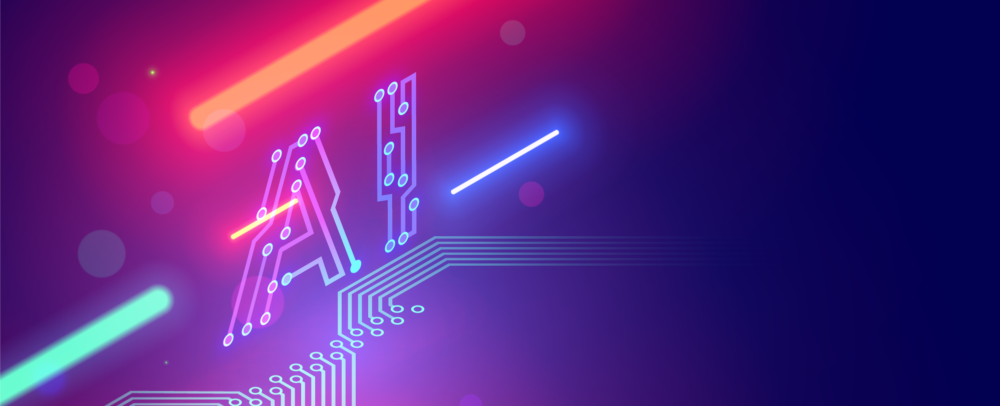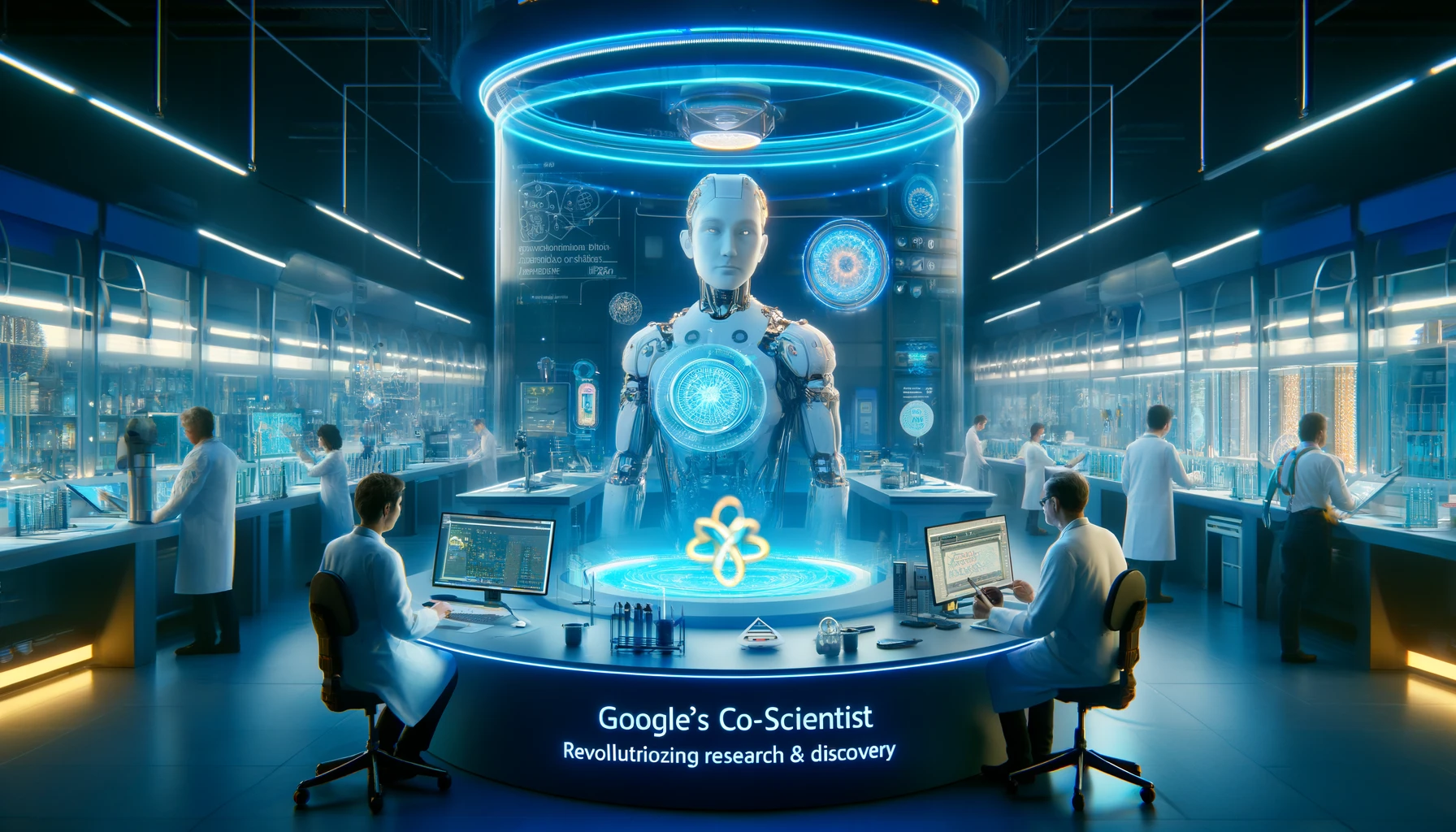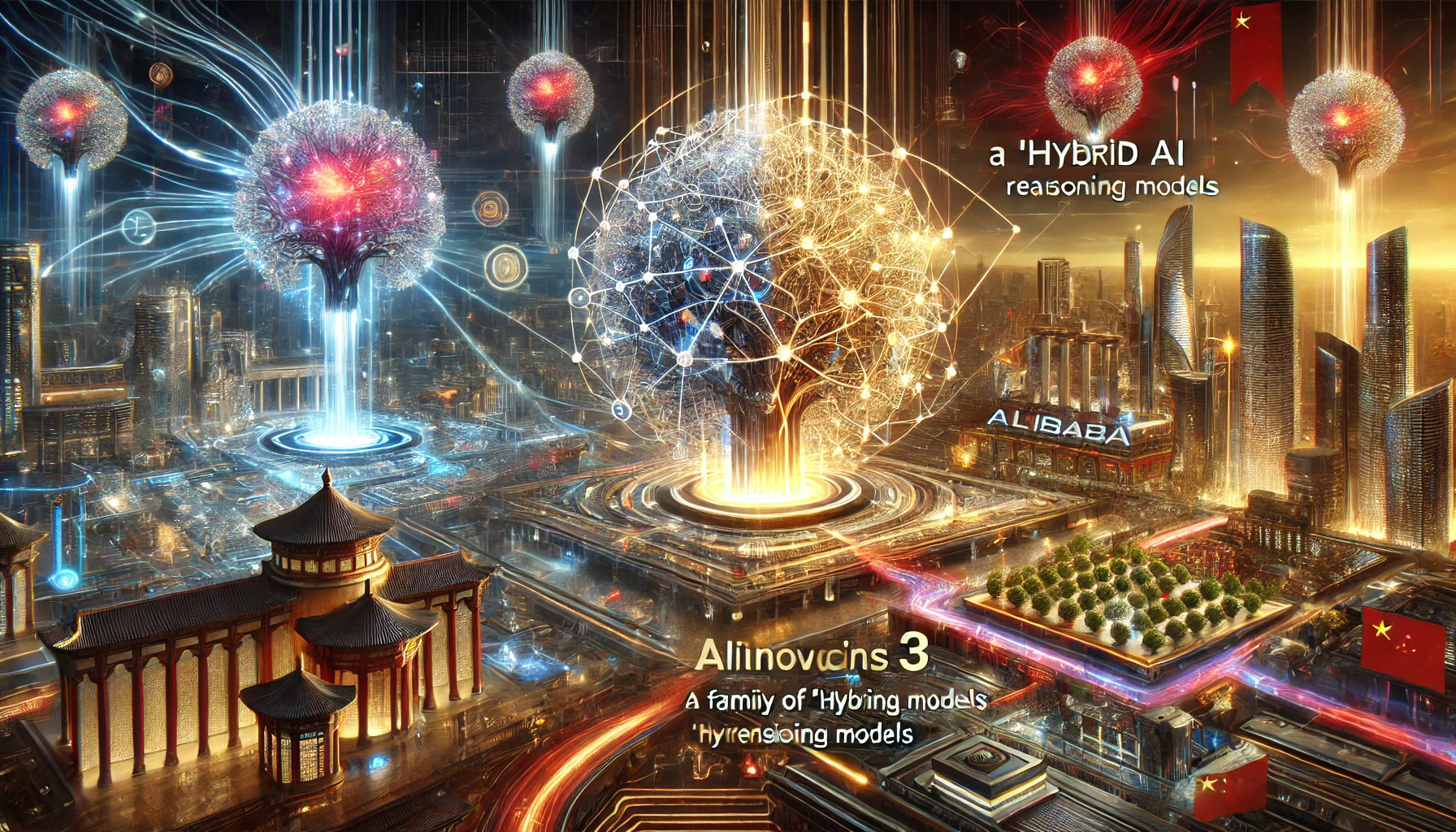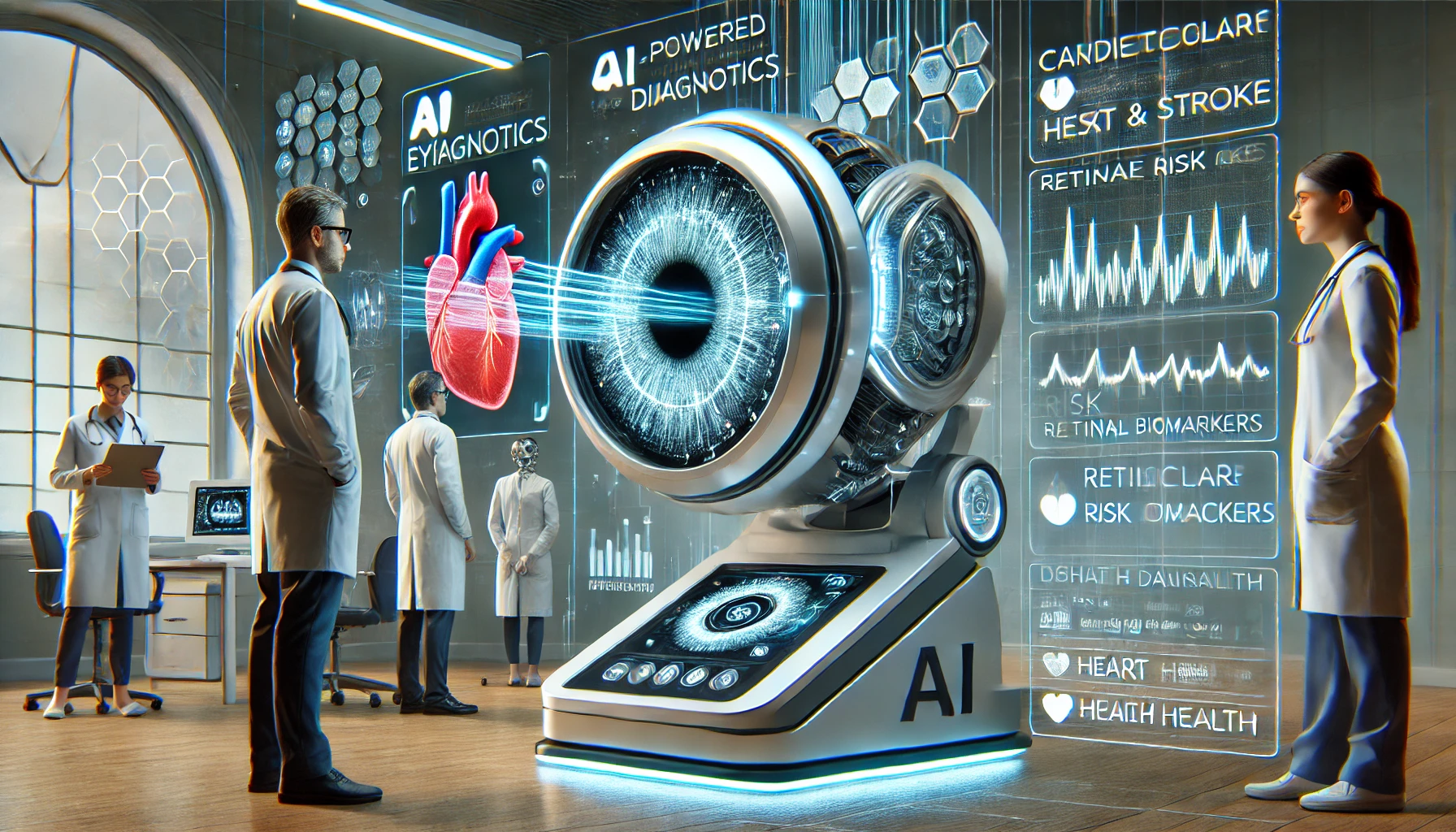Scientific discovery is often a laborious, multi-step process that involves making observations, forming a hypothesis, conducting experiments, analyzing the data and drawing conclusions.
One of the hardest steps in the process is coming up with a new idea to test. Now, Google has introduced an artificial intelligence (AI) system that can help scientists formulate new hypotheses, grounded in relevant research literature.
Called “AI co-scientist,” the AI system uses AI agents that generate an idea, debate the feasibility of the idea among themselves in a “tournament,” and refine the suggested hypotheses before presenting it to the human scientist, according to a paper from Google, Stanford and other researchers.
AI co-scientist has the “potential to accelerate scientists’ efforts to address grand challenges in science and medicine,” they wrote in a blog post.
Importantly, the AI co-scientist is different from reasoning AI models, such as OpenAI’s o3. It is also not the same as the “deep research” capabilities recently introduced by OpenAI, Google, Perplexity and others. AI co-scientist goes beyond them by producing new ideas, rather than summarizing existing ones.
While the researchers focused on applying the AI co-scientist to biomedicine, they said it would work in any field. Also, they used Gemini 2.0 to power the AI system but it can be used with any large language model.
AI Use in Scientific Research
The AI co-scientist is one of several areas where AI is being used to advance biomedicine. For example, Google DeepMind, whose researchers helped develop the AI co-scientist, solved a half-century challenge with AlphaFold 2, which predicted the 3D structure of all known proteins. AlphaFold 2 sped up drug discovery and vaccine development, leading to a Nobel Prize.
While the AI co-scientist does a lot of heavy lifting, the researchers said it is not meant to replace the work of human scientists. It was built as a collaborative tool that still needs input and refinement from people.
The use of AI in research papers has alsosparked concerns. The influx of AI-generated content in scientific literature is a growing problem, according to the Harvard Kennedy School’s Shorenstein Center on Media, Politics and Public Policy.
“The abundance of fabricated ‘studies’ seeping into all areas of the research infrastructure threatens to overwhelm the scholarly communication system and jeopardize the integrity of the scientific record,” the institution wrote in September.
Last week, the U.S. and U.K. offered fellowships to study the impact of AI in scientific research. The Alfred P. Sloan Foundation in the U.S. offered grants of up to $250,000 for up to two years for postdoctoral researchers, while the U.K. government set aside 4 million pounds ($5.1 million) for the effort.
How It Works: Debate and Tournament
The AI co-scientist comprises several AI agents — or bots that complete tasks given to them — that interact with each other to do the work. Think of them as a scientist’s own super-smart and fast research team of assistants.
To start, the scientist prompts the AI co-scientist with a research goal or idea, along with preferences, experiment constraints and other attributes. This triggers the following actions:
- The Supervisor agent takes the scientist’s prompt and orchestrates a workflow for the specialized agents.
- The Generation agent begins the process by looking through relevant research, synthesizing existing findings and projects them into new paths of exploration. It then thinks and iterates on these ideas.
- The Reflection agent steps in as a peer reviewer. It checks the accuracy, quality and novelty of the new hypotheses and research proposals and evaluates the potential of each to blaze new trails.
- The Ranking agent pits each of the hypotheses or research proposals against each other in a “tournament,” and ranks them based on simulated debates.
- The Proximity agent clusters similar hypotheses together and removes duplicate ideas.
- The Evolution agent refines the top-ranked hypotheses emerging from the tournament. It synthesizes existing ideas, uses analogies, simplifies concepts for clarity, among other actions.
- The Meta-review agent looks at the efforts of all the AI agents and synthesizes results into a robust overview for the human scientist.
Source: Towards an AI co-scientist.
Testing the AI Co-Scientist
To test the AI co-scientist, the team gave it several tasks, once of which was in the field of antibiotic resistance.
For years, scientists have been trying to understand how bacteria becomes resistant to antibiotics, which is a big challenge in medicine. One way is through mobile genetic elements — pieces of DNA that can move between different bacteria, spreading antibiotic resistance genes.
The researchers focused on a special type of mobile genetic element called cf-PICIs (capsid-forming phage-inducible chromosomal islands). These can transfer between different bacterial species much more easily than typical viruses or other similar elements. It lets them spread traits, such as virulence and antibiotic resistance, across many bacteria.
The researchers wanted to know how cf-PICIs are able to spread so widely among different bacteria. This knowledge could help scientists develop solutions to stop antibiotic resistance from spreading.
The researchers’ secret: Another study had already found a novel mechanism to explain how cf-PICIs spread, but it was not yet public. They wanted to see if the AI co-scientist could come up with the same answer.
They tasked the AI co-scientist with generating a research proposal on this topic. They gave it only basic background information about cf-PICIs and two relevant research papers — one explaining their discovery and another about using computers to study bacterial genetics.
The result: Within two days, the AI co-scientist came up with this answer: cf-PICIs elements interact with diverse phage tails to expand their host range. “This finding was experimentally validated in the independent research study, which was unknown to the co-scientist during hypothesis generation,” the authors wrote.
While the AI co-scientist still needs to go through more testing, the team is hopeful. “These results … demonstrate the potential to augment biomedical and scientific discovery and usher an era of AI-empowered scientists.”
Source: https://www.pymnts.com/






